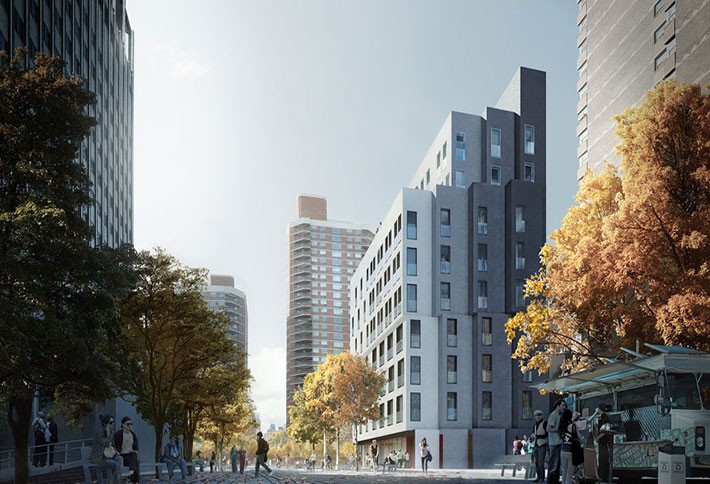Everything You Need to Know About Micro Units

The basics: Densely populated cities like New York, San Francisco and Boston are addressing housing shortages by bypassing or amending zoning laws to allow for exceptionally small—and relatively affordable—apartment units.
Also known as: Apodments. Hipster hovels.
Ground zero: Pricy, fast-growing Seattle is often considered the apodment trailblazer. Units there are as small as 150 square feet. Politico recently reported that it still has the most micro units—3,000—of any American city.
Big examples: Michael Bloomberg announced NYC’s first micro unit building—My Micro NY at 335 E. 27th Street (above)—last year.
Why now?: Urban housing development hasn’t kept up with increased demand for city living, especially among millennials. And people are more and more likely to live alone: 27% of people lived solo in 2010, up from 18% in 1970.
How Small Are They: Units in the inaugural New York building range from 250 SF to 375 SF. (The legal new construction minimum in NYC is 400 SF.)
And how much?: 40% of My Micro NY apartments are affordable, with rents between $940 and $1,800 a month. There’s been some debate about just how affordable they are for the truly cash-strapped. A 120-unit micro project in SF asks $1,800 for 270 SF units in a city where the average studio fetches $2,400.
Fanfare: The NYC HPD’s micro-unit RFP generated the biggest ever response for the agency.
Problems: Given the physical and psychological unfeasibility of a family living in micro-units, some critics—especially in SF—say they’re yet another concession to young singles. Others, particularly in Seattle, gripe about overcrowding and a strain on neighborhood resources in areas were single-family homes were converted to pods. In fact, earlier this month the Seattle City Council ushered in regulations regarding minimum unit size (220 SF) and sanitation requirements while limiting certain micro-unit developments to high density zones.
Bottom line: As demographics change and single, young people flock to cities (where apartment prices are already sky high), micro units may help ease the housing burden.
